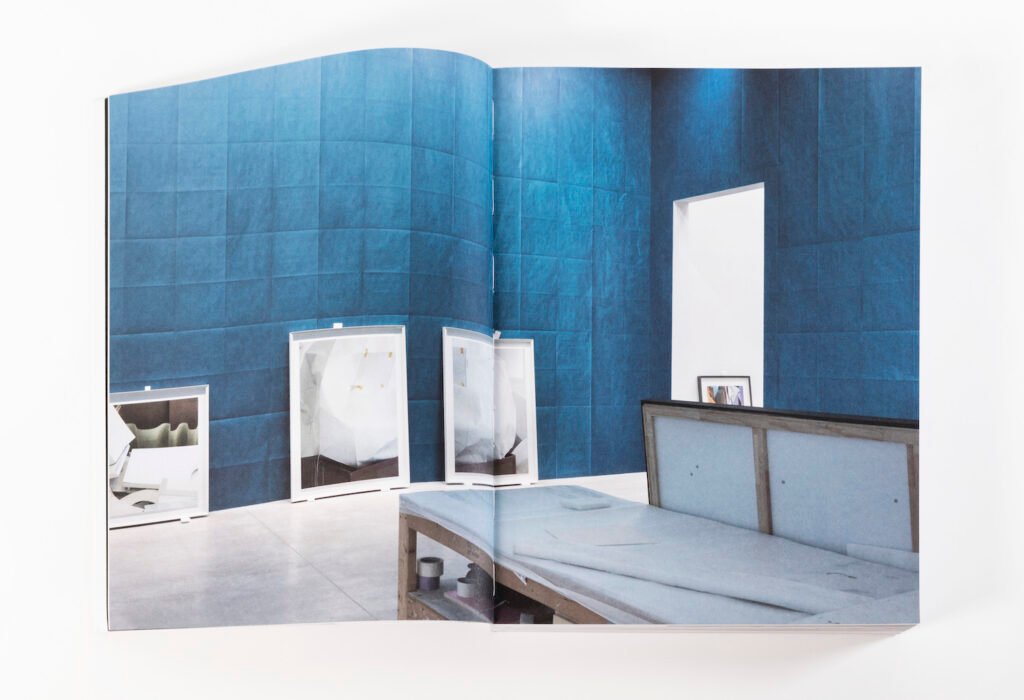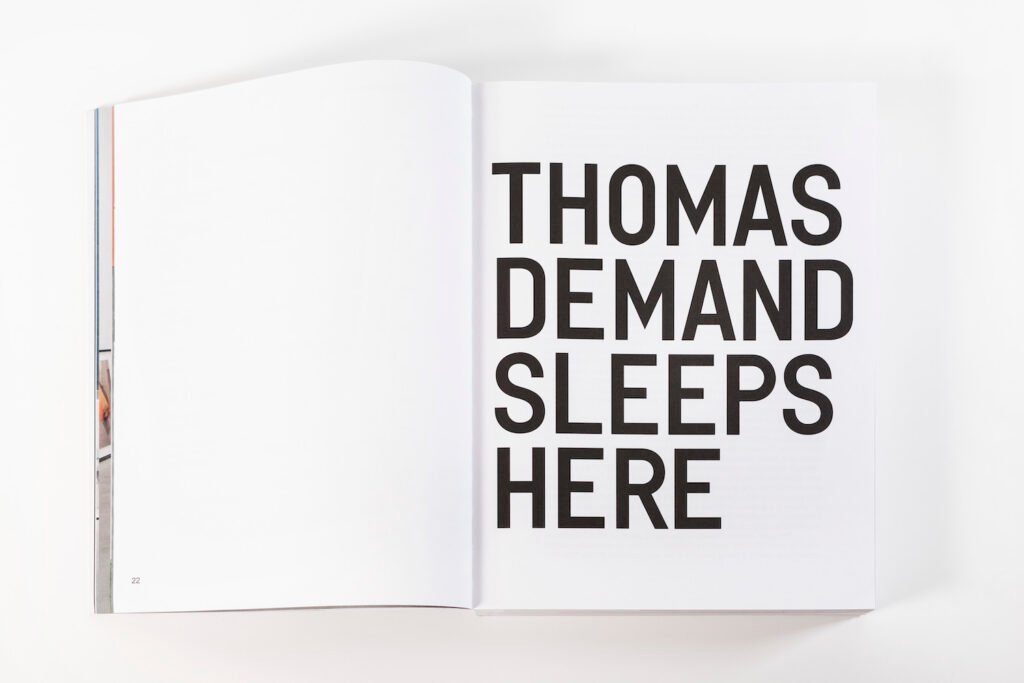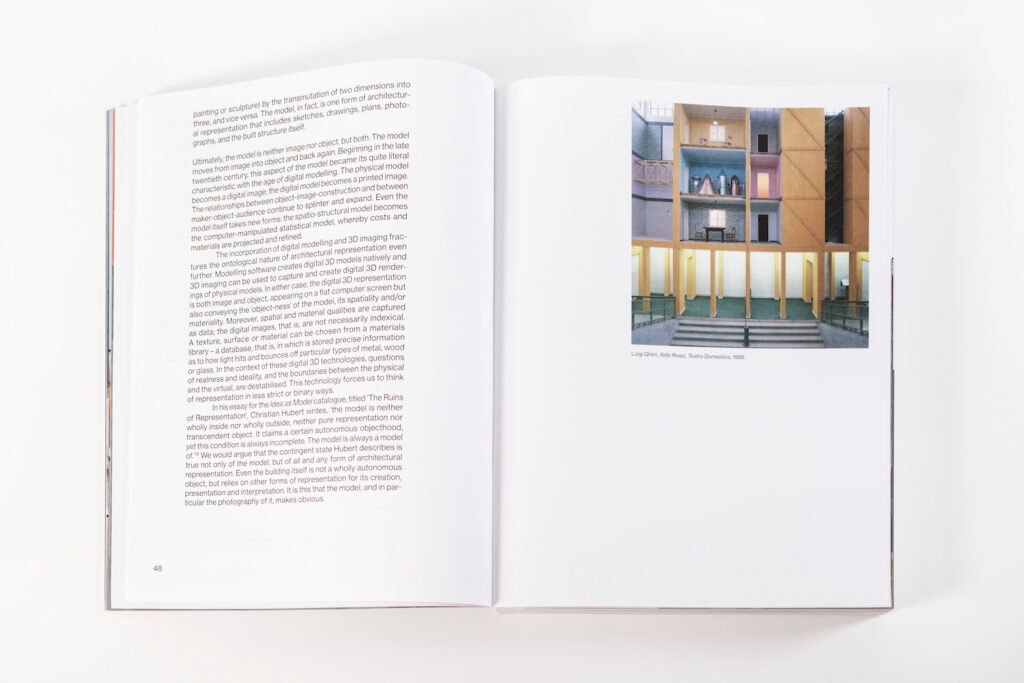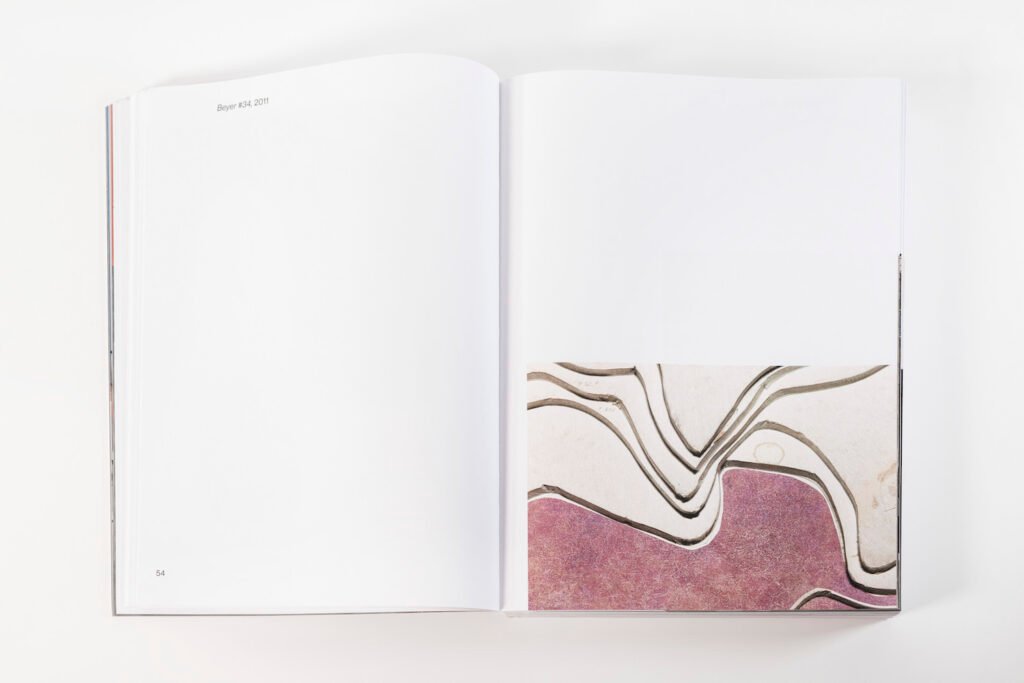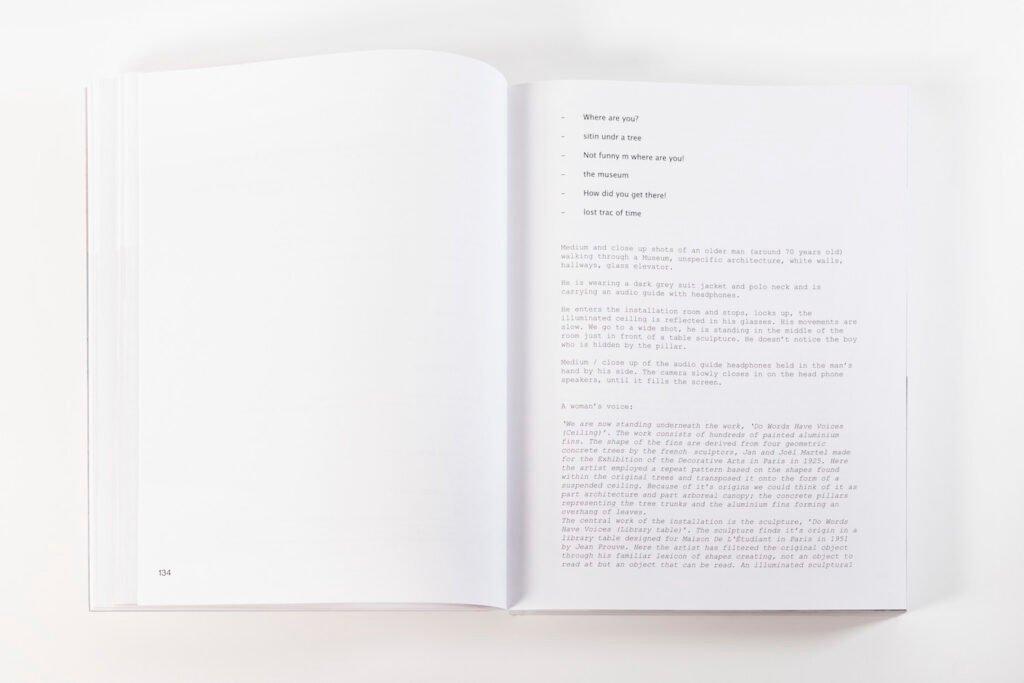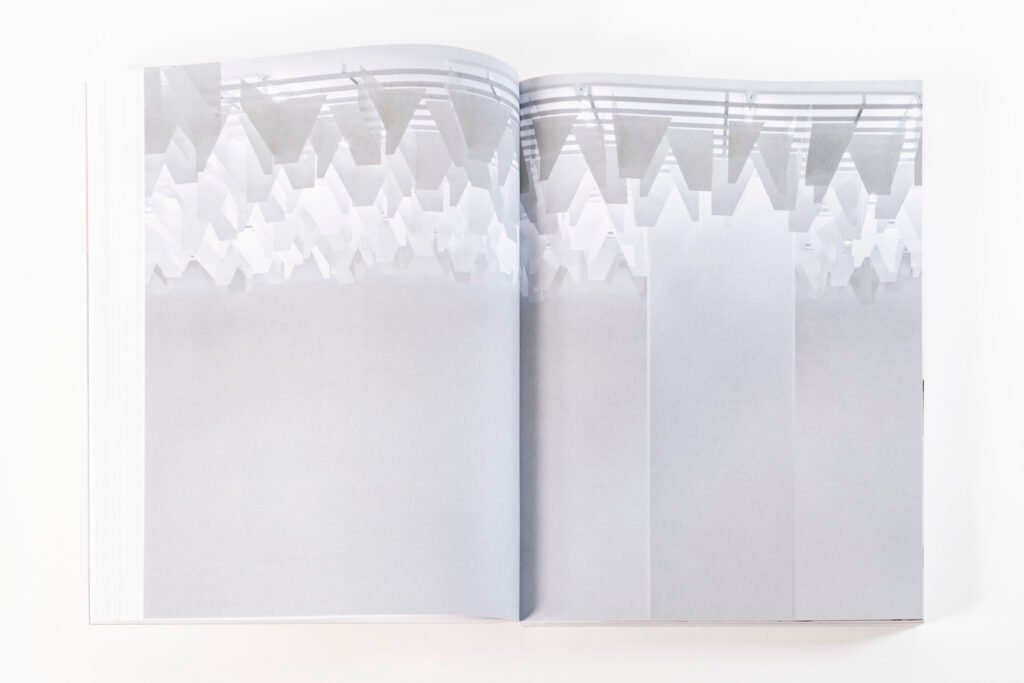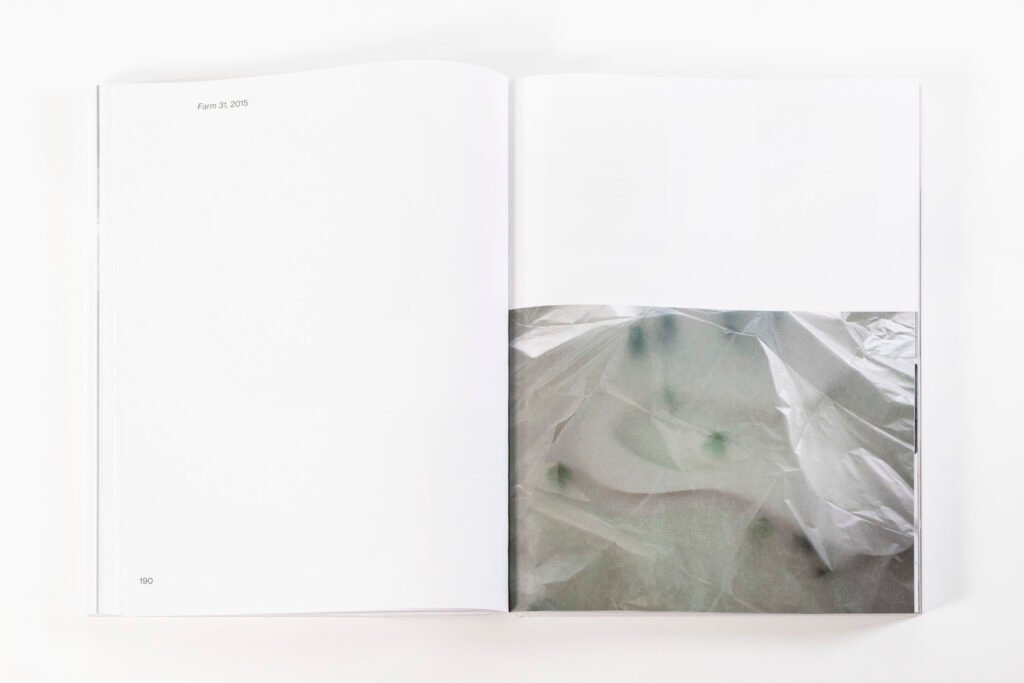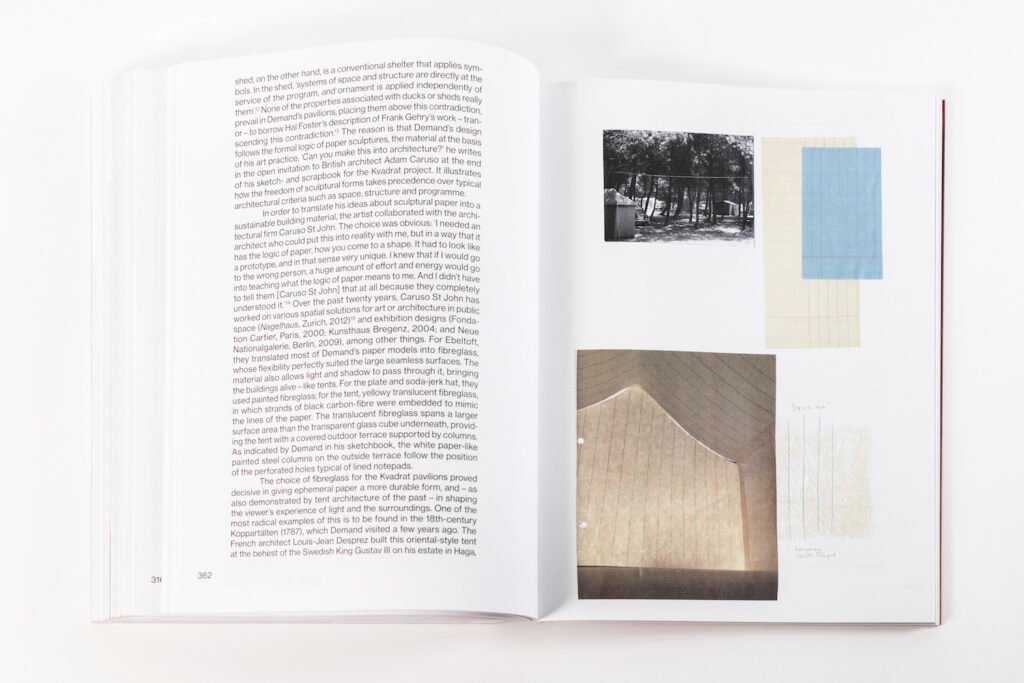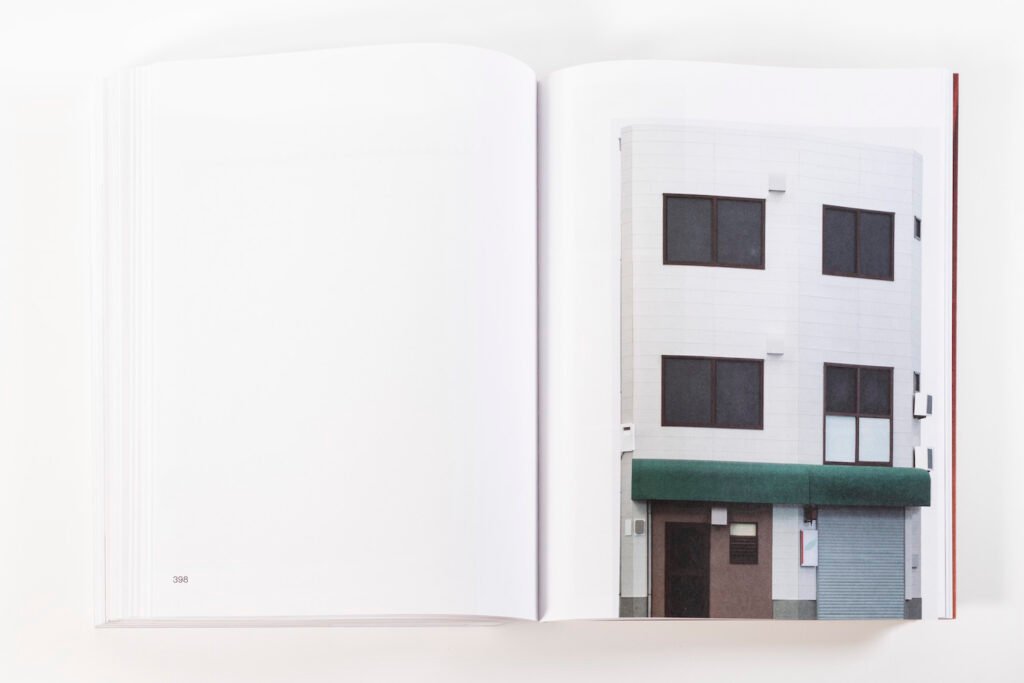Among the many elements that characterize and define Thomas Demand’s incredible work it is certainly possible to indicate a particular attention to architecture.
Its representation and simulation, for this author, is as much the subject of an important observation as of a reworking and reading that occurs first through the construction of scale models, then through the photographs of the same. Images, those produced by this giant of contemporary art, whose probable veracity, as well as their surreality, produce in the observer the sense of something disturbing, a disturbance that finds its object only in the suspension promised by a excessive exactness of the simulation of reality and its emptiness.
Published in occasion of the author’s great personal exhibition at the Belgian museum M Leuven in October 2020, House of Card is a book and an exhibition that celebrate Thomas Demand’s deep interest in architecture and the forms of its representation. A commitment and dialogue towards the discipline testified by the textual accompaniment of essays by Adam Caruso (Architect and Professor of Architecture and Construction at ETH Zurich), Maristella Casciato (Curator of Architecture, Getty Research Institute, Los Angeles) and Emily Pugh (Architectural Historian, Getty Research Institute, Los Angeles), Aude-Line Dulière (Architect and Professor at the Architectural Association, London), Karen Van Godtsenhoven (Associate Curator at the Fashion Institute, Metropolitan Museum, New York) and Valerie Verhack (Curator at M Leuven).
A retrospective of the German artist’s work, “House of card” offers us an overview of both the different approaches to construction in Demand’s work as well as some of the author’s most significant productions in the last fifteen years.
In addition to his ‘Model Studies’ series, he presents several rarely exhibited projects, such as ‘Black Label’ from 2009, ‘Embassy’ from 2007 (a collaboration with German architect Arno Brandlhuber), ‘Nagelhaus’ from 2010 (anon-project made in collaboration with Caruso St John) and ‘Kvadrat Pavilions’, which involves a Demand project which is currently underway next to the Kvadrat headquarters in Ebeltoft, Denmark.
Characterized by a shift of meaning found through the over-dimensionality and the stupefaction produced by introducing the gaze between this image, the scale model represented and the real referent from which the author creates the model, Thomas Demand’s work relates so much to the intention of a description that allows the exercise of representation the space to become in itself an autonomous language (what we actually enjoy, what we actually see), as much as the description of a “almost-habitable” spatiality, which, however, by virtue of of the simplification and cleanliness made by the author, (whose geometrization of the forms brings a modernist perception closer), bring back and aggravate the impression of a “bewilderment” of the sense and significance of both this possible living and the real experience of the environments described by this artist.
Closely related to architecture and its telling, Thomas Demand in “House of Card” underlines the connection and collaboration between his own projects and those of other influential artists, architects and designers such as Martin Boyce, Arno Brandlhuber, Caruso St John and Rirkrit Tiravanija.
A juxtaposition and dialogue that makes Demand’s planning, and that of these authors, even more precious.
The title “House of Card” refers to the precariousness of Demand’s practice as a builder, indicating, perhaps ironically, the conditions of its “doing”. The models used to make the photographs are usually destroyed later, exactly as happens to the arrangements made by a child, who once finished playing destroys what he has achieved.
A distance, the one intelligently underlined by the title, which describes all the difference between the challenge underlying architecture whose work tends to permanence and solidity, and the work of Thomas Demand, whose practice through a use that is both fragile and wise of paper and cardboard, explores the limits of the ephemeral by temporarily simulating Real to produce on this and for this a poetic verse capable of penetrating the very form of things.
As for cinematographic or theatrical scenographies that are made for temporary situations and with materials that pretend the matter is wanted to be evoked or suggested, these ephemeral life-size models, made of colored paper and cardboard, simulate the shapes of the world as a function of an image – a tale of things that is concretized in impeccable (and somewhat unreal) photographic prints of large dimensions.
Assuming the role of an engraver plate that is cut off once the printing is finished, Thomas Demand’s models are paper houses, whose short life is related – testimony from the story received through the author’s photographs.
Focused on series still under construction (“Model Studies”, begun in 2011), and linked to works by other influential artists, architects and designers, for the first time the author does not photograph his self-built scale models, but rather those of other artists, architects and designers, including John Lautner, SANAA (Kazuyo Sejima + Ryue Nishizawa), Hans Hollein and Azzedine Alaïa.
This work translates into a series of images that take on abstract connotations and are strongly attentive to the tactile character of the models. A plastic attention, which through the representation of textures, materials, traces of someone’s work, bring back and make tangible the author’s understanding of the modeling and construction work.
A gaze that thanks to its ability to tell its attention is able to recall and rework the elements of the cultural and artistic path that crosses the art of the twentieth century, between lines, planes, textures and colors up to the elaboration of the possibility of the abstract.
Thomas Demand (born 1964) is a German sculptor and photographer. He currently lives and works in Berlin and Los Angeles, and teaches at the University of Fine Arts, Hamburg.
Demand had his first solo exhibition at Tanit Galerie in Munich in 1992. In 2004 the Kunsthaus Bregenz mounted the first comprehensive presentation of Demand’s major works from 1994 until 2004. Demand’s work later was the subject of mid-career retrospectives at the Museum of Modern Art, New York in 2005 and at the Neue Nationalgalerie in 2009. Other solo exhibitions include Serpentine Gallery (2006), London, the Irish Museum of Modern Art, Dublin, the Fondazione Prada, Venice (both 2007), and the Fondation Cartier pour l’Art Contemporain, Paris (2001).

